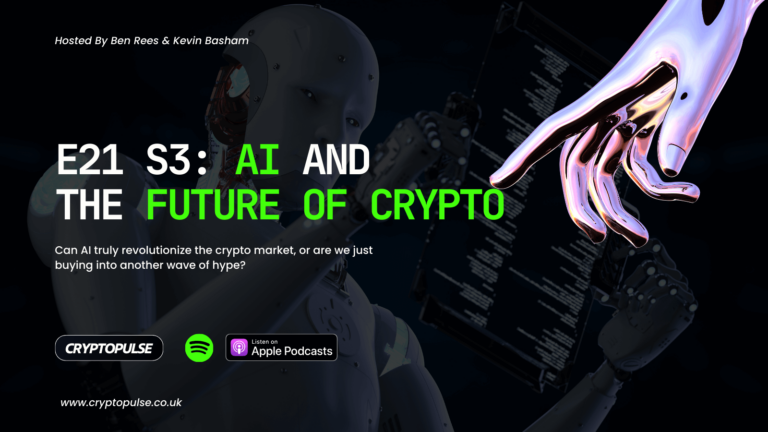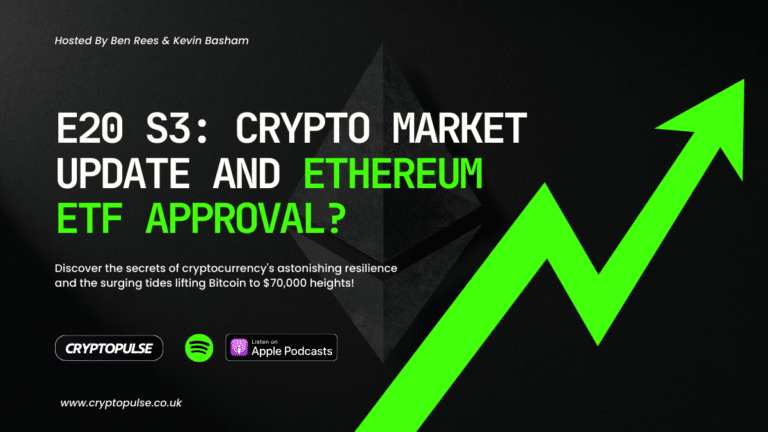DEFINITION of ‘51% Attack’
51% attack refers to an attack on a blockchain – usually bitcoin’s, for which such an attack is still hypothetical – by a group of miners controlling more than 50% of the network’s mining ‘hash rate’, or computing power.
The attackers would be able to prevent new transactions from gaining confirmations, allowing them to halt payments between some or all users. Attackers would also be able to reverse transactions that were completed while they were in control of the network, meaning they could double-spend coins.
They would almost certainly not be able to create a create new coins or alter old blocks, so a 51% attack would probably not destroy bitcoin or another blockchain-based currency outright, even if it proved highly damaging.
Even though it’s called a 51% attack – actually the attacker would only need to match or slightly exceed the current network hashing power.
The Maths (Too many variables to be 100% accurate!)
The attacker must buy the hardware; the most economical device is the Antminer S5+, which produces 7.7 TH/s (7.7e12 H/s) and costs US$2300. It draws 3.4 kW.
So a 51% attacker needs to produce about 4.0e17 H/s himself, to match or slightly exceed the hashing power of the existing network. This means he needs 4.0e17 / 7.7e12 = 52000 Antminer S5+ devices, which would cost 52000 x $2300 = $120 million.
(This is unrealistic in a couple of ways – buying that many devices would not only drive up the price but probably exceed the production capacity. On the other hand, such a large order might qualify for a quantity discount or wholesale pricing. This attacker might also find it more efficient to license the design and do the manufacturing themselves.)
Running these machines would consume 52000 x 3.4 kW = 177 MW of power. If the attacker is located in the US, this table shows that the cheapest place to get electricity at an industrial rate is Washington State, where it costs an average of 4.5 US cents per kWh. At this rate, the attack would cost US$8000 per hour to supply with electricity.
*Episode correction, Ben said it would be $8000 a minute, we know that this is actually $8000 p/h!
Bonus: The effort and energy required to even try the 51% attack would be terrible for the environment. Read this recent article on the environmental considerations of cryptocurrency.
QUESTION TIME:
Is there anything you’d like us to talk about on the podcast? How can we help you?
Ways to connect with Cryptopulse
- Cryptopulse Facebook
- Contact us directly via hello@cryptopulse.co.uk
- Join our VIP group
- Join our TELEGRAM group
- Follow us on Twitter
- Follow Kevin on Twitter
- Follow Ben on Twitter
Cryptopulse Highlights
Listen to our EPIC interview with the UK’s #1 Crypto Expert, Phillip Nunn.
New to Cryptopulse and want to go back to the start?
Subscribe or listen elsewhere
We are active in these places:
- Twitter: @crypto_pulse // @KevinBasham // @BenAtFamous
- Facebook: VIP Community // Facebook Page
- LinkedIn: Kevin Basham // Ben Rees // Cryptopulse
- Instagram: Crypto_pulse // Kevin // Ben
- Email: hello@cryptopulse.co.uk
- Telegram: Cryptopulse
DONATE CRYPTO TO THE SHOW:
If you’ve enjoyed the show then we really appreciate donations. This helps us keep the electricity running, food in our bellies and goes some way to covering our production, marketing & running costs.
Litecoin (LTC) LWQGzvMuNLaDiF5yjjPhFbo6bPTmeE65vn
Ethereum (ETH) 0x54d53c11f43e12e289ed69845ef1fd017bd4c488
Bitcoin (BTC) 1Ju1HRQHFkQQhYrT52WbBMX2BwwLK1F1cf
🌟ERC20 token address 0x4AEf8229Cf18e882dD4b78B6Bc8f68634FACf3De for airdrops
Cryptopulse Disclaimer:
Information provided by Cryptopulse via this group, website, social media channels and any other medium DOES NOT constitute financial advice, investment recommendations OR any other type of advice whatsoever.
The Cryptopulse team are not professional financial advisors. Trading and purchasing cryptocurrencies do carry risks and anybody wishing to partake in such activities should seek professional advice.
We don’t like the law stuff, we like the crypto stuff!



